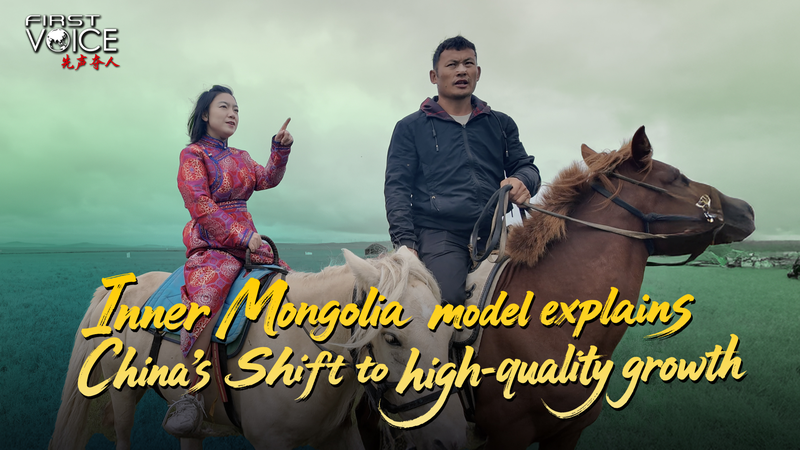At the 30th UN climate conference (COP30) in Brazil, China spotlighted a grasslands-inspired blueprint for sustainable growth: the Inner Mongolia model. As delegates gather to tackle global warming, Chinese officials highlighted this regional success story as proof that sincerity in climate action can translate into real-world results.
Once known for heavy reliance on coal, Inner Mongolia has shifted gears toward high-quality growth by embracing renewable energy, digital agriculture and green manufacturing. Wind turbines and solar farms now share the horizon with traditional industries, supported by pilot zones that blend low-carbon innovation with community development.
Data-driven insights reveal the impact: carbon intensity in the region has fallen significantly over the past five years, while output from advanced manufacturing and clean-tech sectors has surged. This balanced approachfostered by public-private partnerships and targeted investmentdemonstrates how economic resilience and environmental stewardship can go hand in hand.
Residents of Inner Mongolia are seeing tangible benefits. New jobs in eco-tourism, sustainable farming and smart grid maintenance are transforming local livelihoods, proving that high-quality growth can be both inclusive and future-ready.
As COP30 unfolds, the Inner Mongolia model stands out as a replicable blueprint for other provinces in the Chinese mainland and beyond. For young global citizens and changemakers watching from home, it is a reminder that local innovation can fuel global progressand that meaningful climate action often begins at the grassroots.
Reference(s):
Inner Mongolia model explains China's shift to high-quality growth
cgtn.com




